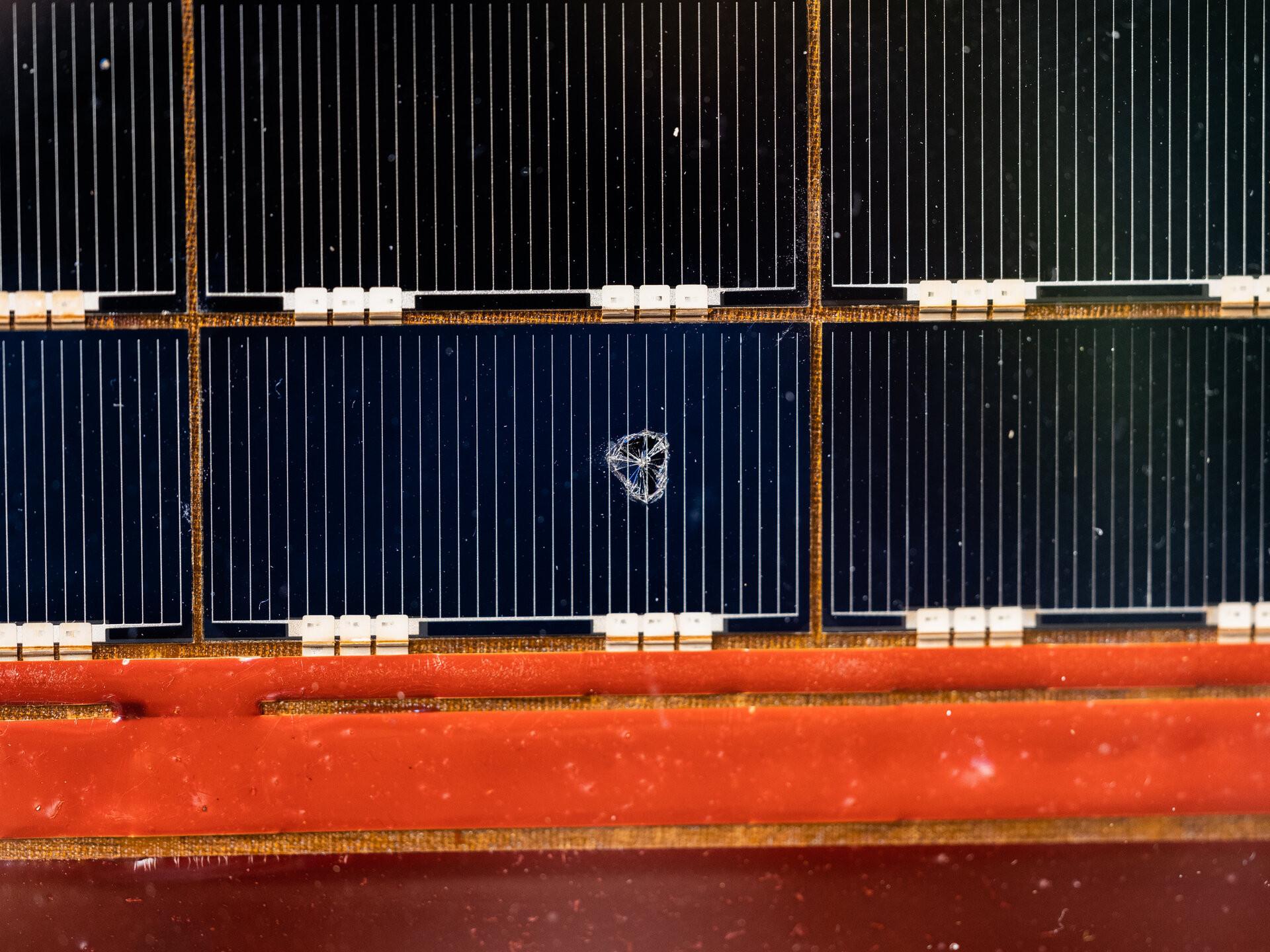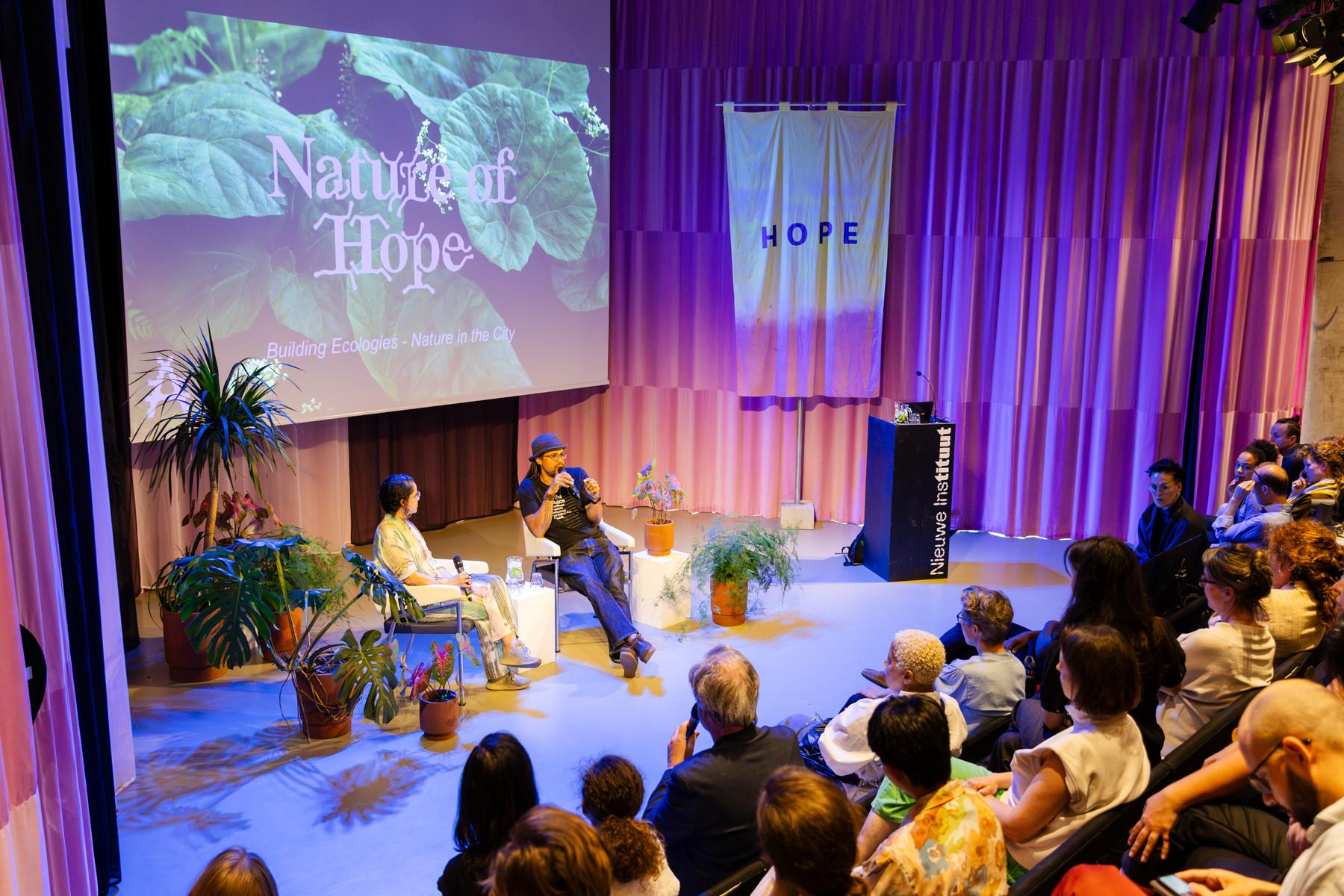Nature of Hope approaches architecture as an ecological practice. People are not separate from nature, but an integral part of it. But the binary thinking in which nature is everything that is not human or made by people has a long and dominant history. To introduce the exhibition, IABR therefore asked researchers, philosophers, historians and writers to reflect on how we look at nature. Every week we share one of the contributions, which can also be seen in the exhibition.
Rosi Braidotti describes what space debris tells us about the times we live in.
Posthuman times are tough. Most people agree by now that we have a problem on Earth with environmental waste, pollution, and degradation. And guess what? We have exported this problem to outer space, to our orbit, as well as to our nearest and dearest satellite: the Moon.
Recent studies show that humans started affecting the lunar surface back in 1959, when the first human-made object was launched. Humanity’s influence intensified after the first Moon landing in 1969. Ultimately, 12 NASA astronauts walked on the surface of the Moon between 1969 and 1972. Sustained human involvement – including the more than 100 spacecraft that have been launched to our natural satellite over the past 60+ years – has left its mark. Spacecraft sometimes crash land, bringing not only humans but all kinds of equipment, like rovers, to the Moon. It is estimated that 227,000 kilograms of trash currently litter the lunar surface, including buggies, excrement, statues, golf balls, human ashes, family photos, and flags.
Humans have not even fully explored the Moon or other celestial bodies yet, let alone lived there – the first human settlement is planned for 2026 – and they have already polluted them. 12,897 satellites and flying objects are currently in orbit around the Earth. This situation underscores the scale of the phenomenon known as the ‘Lunar Anthropocene.’ It shows that when humans interfere in places where they were not invited, things start to change, and not for the better. The damage has already been done, perhaps even irreversibly.
While others dream of space exploration, I prefer to stay grounded and to take care: not only of the planet we inhabit, but also of the satellite that illuminates our dark nights.
The ESA (European Space Agency) designed and manufactured the Hubble’s solar panels. They were replaced twice by Space Shuttle astronauts on servicing missions, with used panels being brought back to ESTEC for inspection. On them, scientists observed first-hand the effect of strikes by meteoroids and space debris, and corrosion caused by oxygen molecules from the Earth’s atmosphere.




